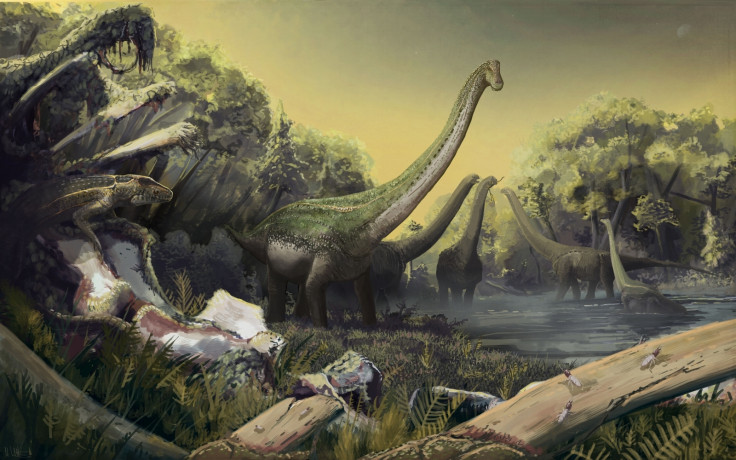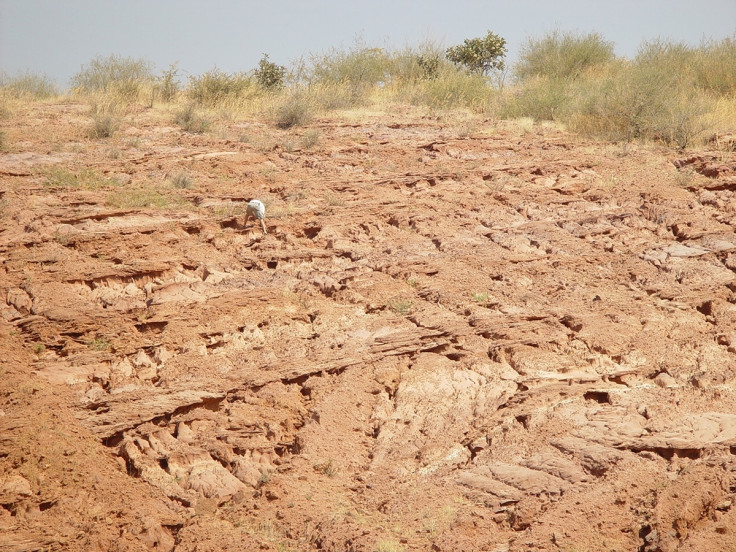New giant dinosaur species discovered in Tanzania walked the Earth nearly 100 million years ago
The fossils of the new dinosaur, called Shingopana songwensis, date back to the Cretaceous Period.

A new species of giant, long-necked dinosaurs, believed to be a member of the sauropods has been discovered. Recently uncovered fossils of the new dinosaur species, named Shingopana songwensis derived from the Swahili term "shingopana" for "wide neck," which date back to the Cretaceous Period, were unearthed in the Songwe region of the Great Rift Valley in southwestern Tanzania.
The newly discovered dinosaur species, a kind of the titanosaurian dinosaur species, walked the Earth around 70 to 100 million years ago. Part of the Shingopana's fossils were excavated in 2002 by scientists affiliated with the Rukwa Rift Basin Project, as part of an international effort led by Ohio University Heritage College of Osteopathic Medicine researchers Patrick O'Connor and Nancy Stevens.
Later, more portions of the dinosaur's skeletons, including its neck vertebrae, ribs, a humerus and part of the lower jaw were uncovered later.
"There are anatomical features present only in Shingopana and in several South American titanosaurs, but not in other African titanosaurs," said the research's lead author Eric Gorscak, a paleontologist at the Field Museum of Natural History in Chicago. "Shingopana had siblings in South America, whereas other African titanosaurs were only distant cousins."

Researchers' analysis of the fossils revealed that Shingopana was related more closely to South American titanosaurs than any other species known to be from Africa or anywhere else.
"This discovery suggests that the fauna of northern and southern Africa were very different in the Cretaceous Period," said Judy Skog, a program director in NSF's Division of Earth Sciences, which supported the research. "At that time, southern Africa dinosaurs were more closely related to those in South America, and were more widespread than we knew."
"We're still only scratching the surface of understanding the diversity of organisms, and the environments in which they lived, on the African continent during the Late Cretaceous," said O'Connor.
The new research has been published in the Journal of Vertebrate Paleontology and is funded by the National Science Foundation (NSF).

© Copyright IBTimes 2025. All rights reserved.






















